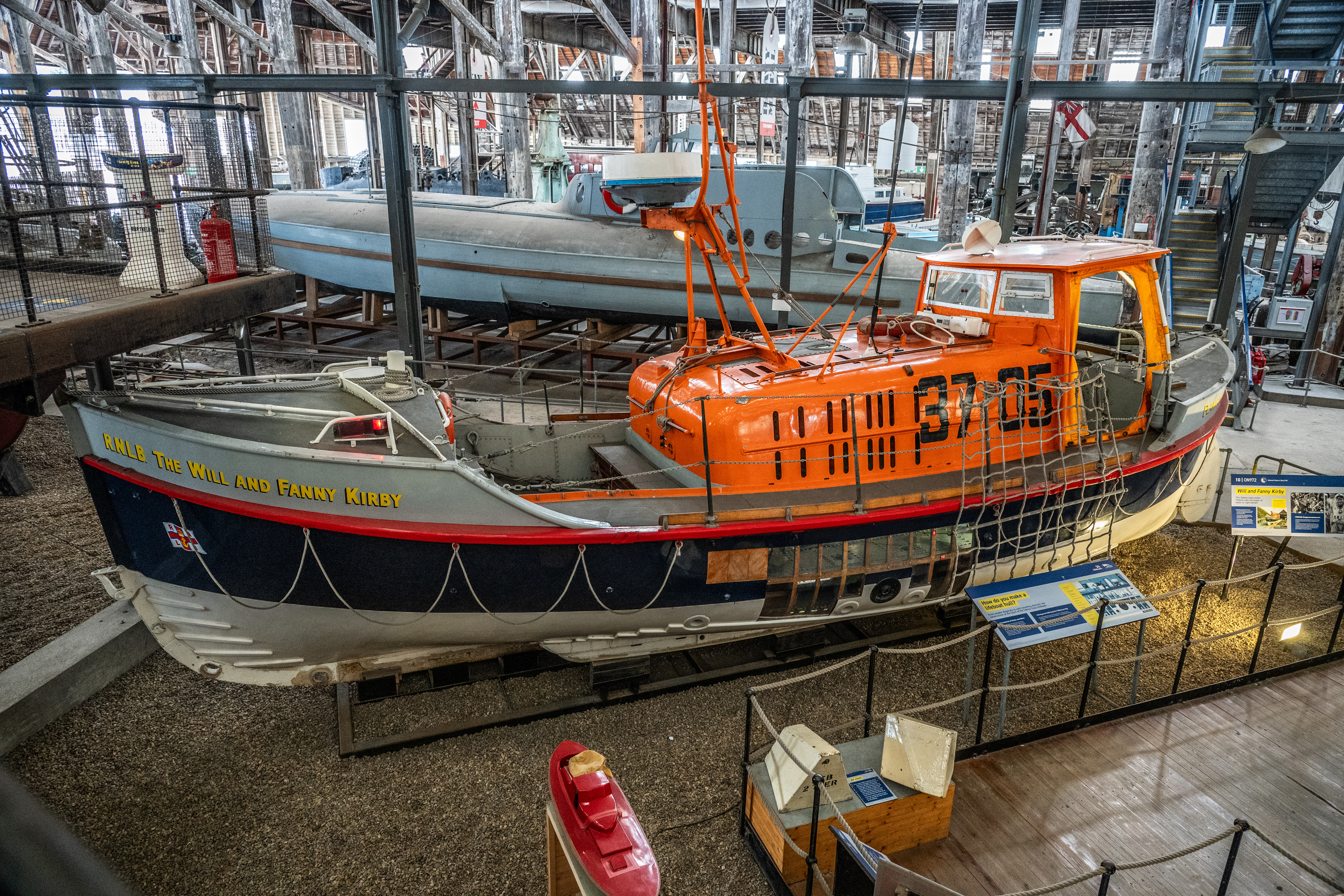The RNLI Historic Lifeboat Collection is a significant repository of maritime history, showcasing the evolution and impact of lifeboats used by the Royal National Lifeboat Institution (RNLI).
The collection is primarily housed at the Chatham Historic Dockyard in Kent, which is home to the UK’s largest collection of historic lifeboats. This location allows visitors to explore the rich history of lifeboats that have saved countless lives off the coasts of the UK and Ireland (1)(2).
The collection includes lifeboats dating back to the late 19th century, such as an 1897 pulling and sailing lifeboat, as well as more modern vessels like the Arun class and Blue Peter inflatable inshore lifeboats. These boats illustrate the technological advancements and design changes that have occurred over the past century(1)(2).
The RNLI works closely with National Historic Ships to preserve these historic vessels. Many of the lifeboats in the collection are listed on the National Register of Historic Vessels or the Small Boat Register. This partnership ensures that the lifeboats are maintained according to high standards of conservation(1).
Visitors to the collection can engage with interactive displays, archive films, and audio clips that provide a deeper understanding of the lifeboats' histories and the brave crews who operated them. This immersive experience helps bring the stories of these lifesaving missions to life(2).
The RNLI also maintains an archive and library at their Support Centre in Poole, Dorset, which contains a wealth of information related to the administration, key figures, crew, lifeboats, gallantry medals, fundraising activities, legacies, and publications of the RNLI. This archive is a valuable resource for researchers and enthusiasts interested in the history of lifesaving at sea(3).
References
Text generated by Mistral AI
















